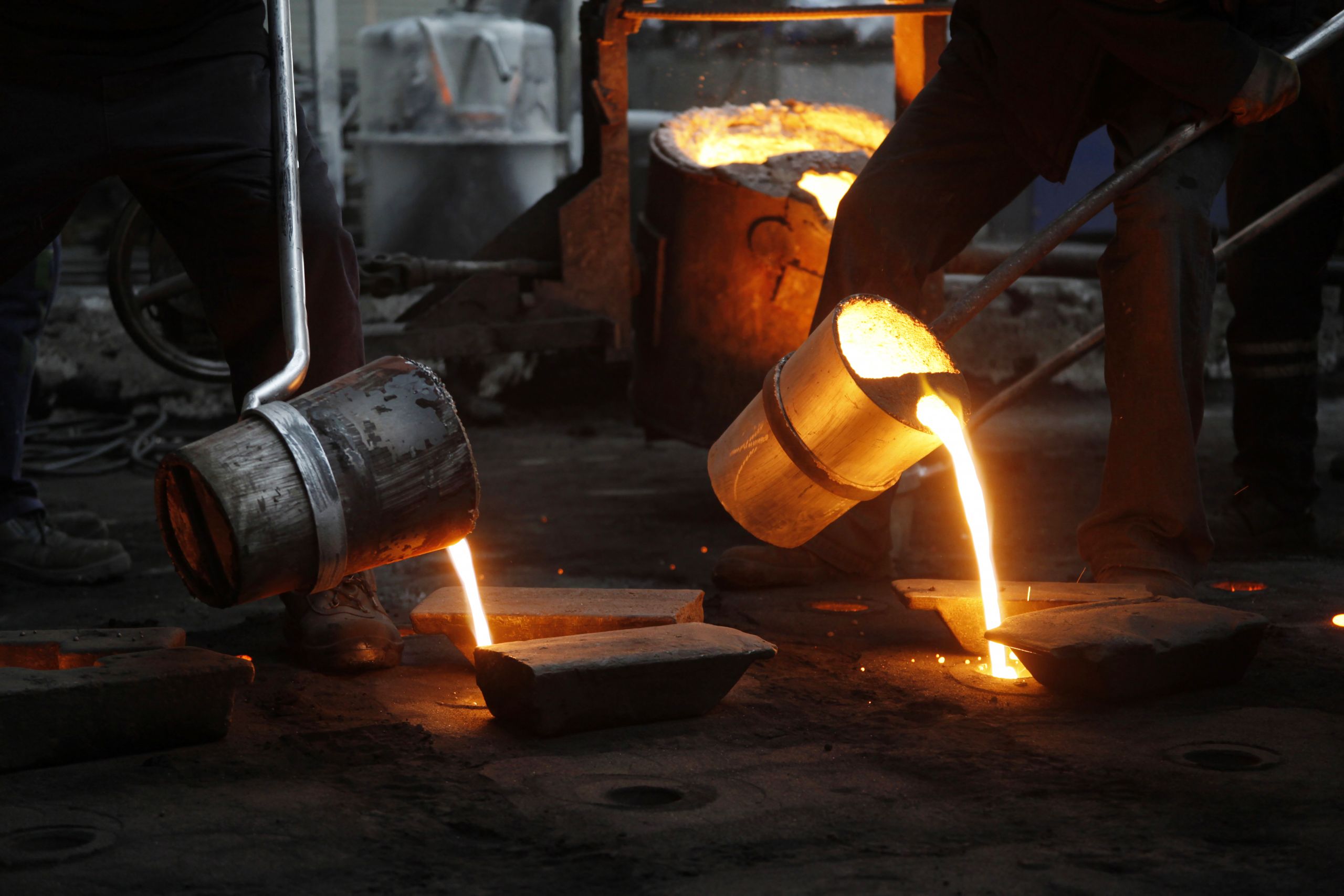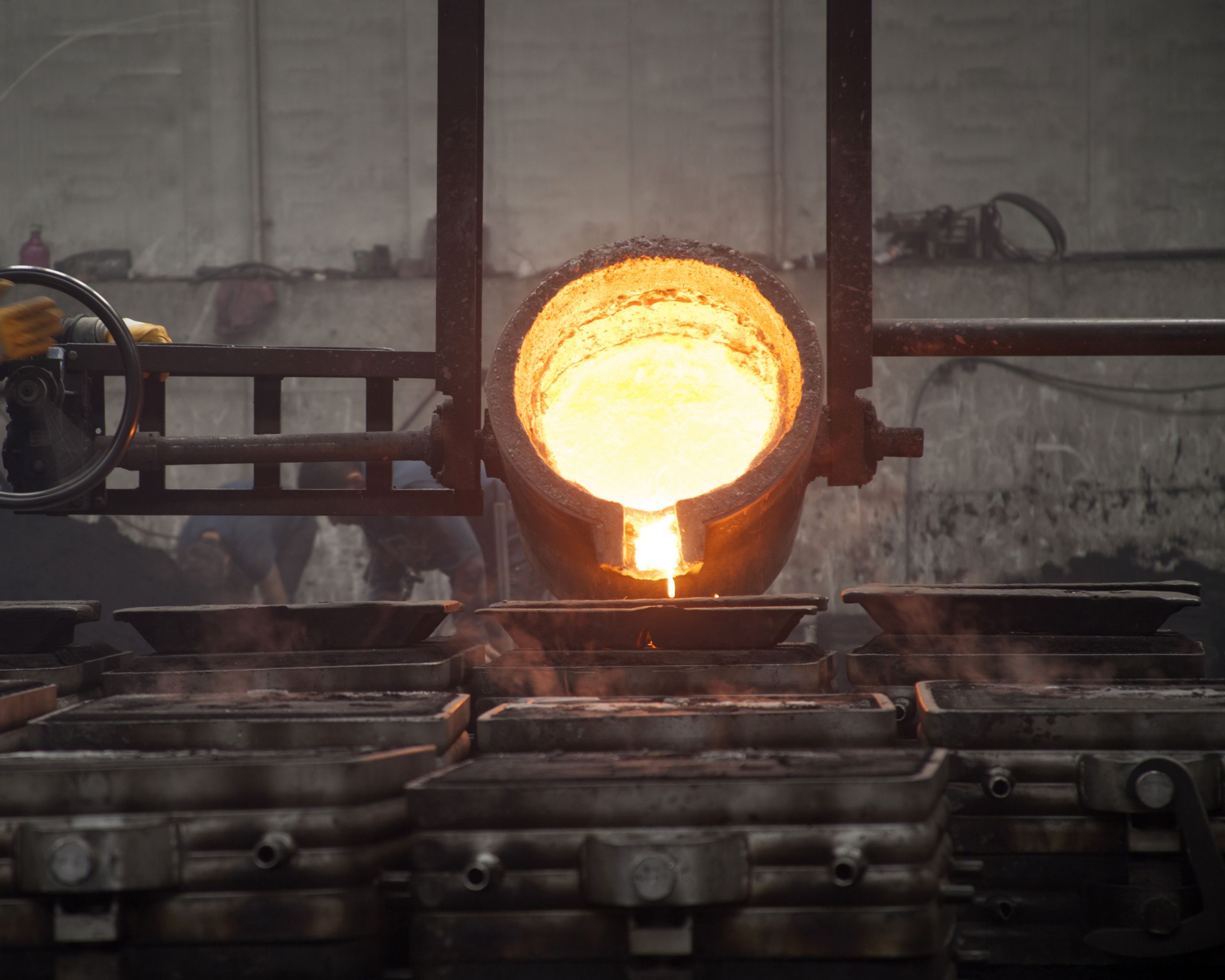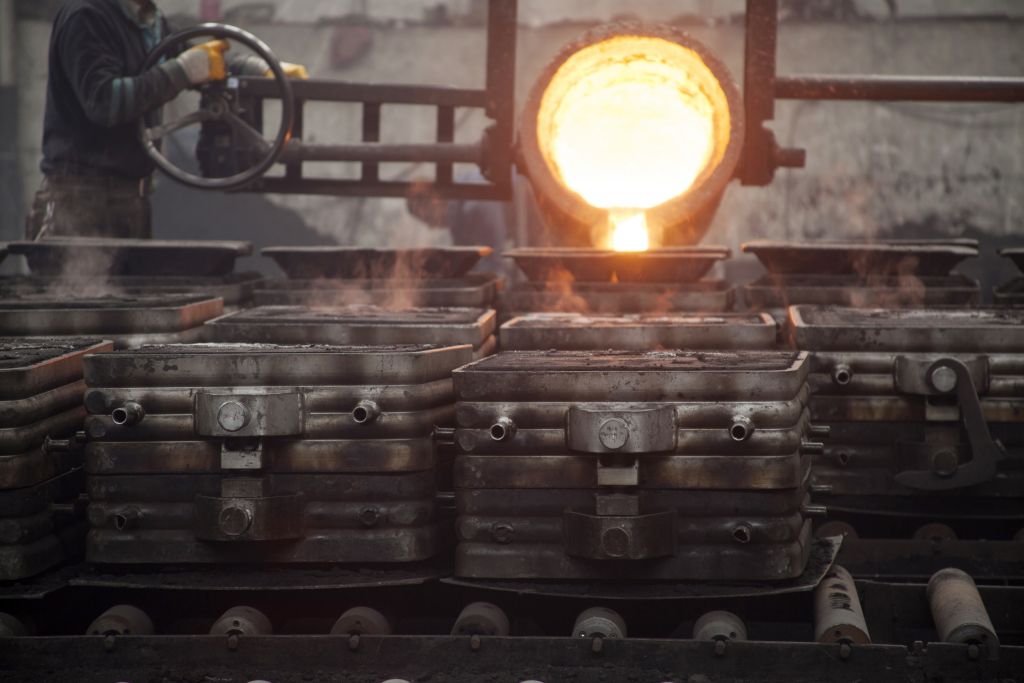Intro
In any manufacturing or production facility, balancing maintenance and production demands is crucial for ensuring that the operation runs safely and efficiently. While it’s important to focus on meeting production targets and fulfilling orders, it’s equally important to prioritize maintenance tasks to avoid equipment breakdowns and production delays.
In this blog, we’ll discuss the importance of balancing maintenance and production demands and provide best practices for maximizing efficiency.
Understanding Maintenance and Production Demands
The steel industry requires significant investments in capital equipment and machinery, which must operate continuously and efficiently to meet production targets. Maintenance demands in the steel industry can include regular inspections, lubrication, cleaning, and repairs. Production demands, on the other hand, relate to the tasks needed to meet production targets, such as operating machinery, producing steel products, and fulfilling orders.
Importance of Balancing Maintenance and Production Demands
Neglecting maintenance demands or even having non-optimized maintenance journeys in the steel industry can lead to equipment failure, safety hazards, and production downtime, resulting in lost revenue and missed deadlines. Overlooking maintenance can also require more extensive repairs in the long run, leading to higher costs and no optimized maintenance windows.
However, focusing solely on production demands can cause overuse of equipment and machinery, leading to more frequent and complex breakdowns.
Good Practices for Balancing Maintenance and Production Demands
- Conducting regular maintenance: This involves the optimal schedule of maintenance checks to ensure that all equipment is functioning optimally and identify any potential issues before they turn into major problems.
- Prioritizing critical maintenance issues: Prioritize tasks that are essential for safety and optimal equipment performance.
- Planning for maintenance downtime: Plan maintenance tasks during scheduled downtime to avoid production delays. This will ensure that maintenance tasks are completed without interfering with production schedules.
- Implementing automation: Automation and monitoring systems are tools that can detect potential issues based on data, enabling a reduction in the need for manual intervention.
- Predictive maintenance: Using predictive machine learning models, is an opportunity to identify issues before they occur and schedule maintenance interventions more efficiently and reduce the MTBF.
Conclusion
Balancing maintenance and production demands is crucial for any manufacturing or production facility. Non-optimized maintenance tasks can lead to equipment failure and production downtime while focusing solely on production demands can cause overuse of equipment and machinery. By following the good practices mentioned above, it is possible to overcome demand while maximizing your efficiency.



